Top News

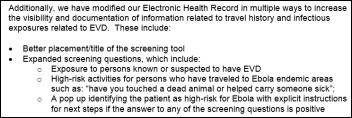
Dan Varga, MD, chief clinical officer of Texas Health Resources, testifies to a House subcommittee inquiring into its handling of Ebola patient Thomas Duncan that THR has changed its screening procedures to ask travel-related questions first thing in the ED and to make the patient’s travel history available to all caregivers. THR modified its Epic configuration to (a) make the Ebola screening tool more visible; (b) to ask more Ebola-related screening questions; and (c) to display pop-up instructions if any of the screening questions are answered positively. The wording of his statement suggests (in my interpretation, anyway) that the original problem wasn’t because the ED doctor couldn’t see the patient’s nurse-captured travel history, but that the questions weren’t asked at the proper time.
Reader Comments
From
Kaiser’s Role:
“Re: Kaiser’s Georgia Region. Being taken over by the Southern California Region and presumably not doing so well. They did this several years ago with the Mid-Atlantic region, sending all kind of docs there to take over.” Verified, according to an internal Kaiser email from Chairman and CEO Bernard J. Tyson.
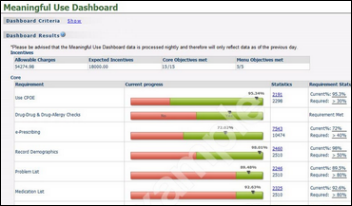
From Spock’s Beard: “Re: Greenway’s Meaningful Use dashboard. Has been down for weeks, meaning clients can’t run Stage 1 or Stage 2 reports even though we’re two weeks into the final 2014 reporting period. As of yesterday, support says it will be another 2-4 weeks before the dashboard is ready.” Greenway Health SVP of Product Management Mark Janiszewski provided this response:
Due to a high volume of Greenway PrimeSUITE customers using the new cloud-based reporting / dashboard solution through our PrimeDATACLOUD, we’ve seen dashboard service disruptions that have impacted a small number of our customers. To meet customer requirements for Q3 attestation, the cross-function Greenway Meaningful Use Service Team worked with customers and supplied them with the information needed to attest for the Q3 90-day attestation period. To prepare for a higher volume of customers planning to attest in Q4 and in 2015, we’re currently making enhancements and performance improvements to the PrimeDATACLOUD environment. This maintenance window is expected to last until the end of October. During the maintenance period, we’re making the MU Dashboards available on a regular basis to all customers using the system, enabling them to track their progress towards attestation goals. In addition, we continue to on-board customers who need to attest for Q4 as well as 2015. The Greenway MU Service team continues to engage directly with all affected customers to provide updates as well as help guide them through the MU process. Greenway Health is committed to ensuring that all eligible providers using our solutions who are planning for MU attestation have the required information in time.
From Mr. Drummond: “Re: Ebola patients. Are we getting close to HIPAA violations in going public about patient identities, photos, condition, and travel patterns?” It would seem like a clear-cut violation if the information is disclosed by a provider without the patient’s consent but that wasn’t the case with the first Texas patient, whose information apparently came from the family. Still, just because the family has disclosed a patient’s information wouldn’t seem to give a hospital the green light to repeat it. HIPAA allows providers to disclose PHI to public health agencies, but not as a warning to the general public – there’s no HIPAA clause that allows disclosing PHI for the perceived public good, at least as I interpret it. However, CDC is also not a covered entity, so it can presumably release whatever information hospitals give it without running afoul of HIPAA, although it could still be sued for general privacy reasons. Going public with patient-specific details might bring forth more people who have been exposed, but it also might discourage exposed patients from stepping forward into the media (not just medical) limelight. My overall opinion is that the public has an unnaturally keen interest in salacious details that media will find a way (legal or otherwise) to feed using public health interest as an excuse. It’s also fishy to me that the first infected nurse spoke glowingly about Texas Health Resources via the THR media people – she may well be expressing her feelings honestly (albeit unnecessarily), but having her employer’s handlers issuing the statements encourages skepticism.
HIStalk Announcements and Requests
This week on HIStalk Practice: athenahealth creates an Ebola risk assessment algorithm for its EHR. Palmetto Primary Care Physicians taps eGroup to help it install IT in South Carolina’s first gigabit community. ONC adds a dozen primary care physicians and administrators to its Health IT Fellows Program. Ability Network acquires MD On-Line Inc. See our Must-See Exhibitors Guide for MGMA 2014. Thanks for reading.
This week on HIStalk Connect: Dr. Travis explores the potential ROI that can be generated from implementing online self-scheduling tools for patients. Patient engagement startup Welltok raises $25 million of a planned $37 million Series D. The NIH announces $32 million in grant awards that will be used to further big data research in healthcare.

Welcome to new HIStalk Platinum Sponsor FormFast, the leading provider of process automation solutions for hospitals (electronic forms and signatures, workflow, and content management) that integrate with existing systems to add functionality and streamline processes. FormFast has been providing electronic workflow solutions since 1992 with 1,000 hospital customers that are gaining efficiency, improving task coordination, reducing supply costs, and eliminating errors (webcasts and case studies are here). Thanks to FormFast for supporting HIStalk.
Webinars
October 21 (Tuesday) 1:00 p.m. ET. Electronic Prescribing Of Controlled Substance Is Here, What Should You Do? Sponsored by Imprivata. Presenters: William T. “Bill” Winsley, MS, RPh, former executive director, Ohio State Board of Pharmacy; Sean Kelly, MD, physician, Beth Israel Deaconess Medical Center; David Ting, founder and CTO, Imprivata. Providers are challenged to use EPCS to raise e-prescribing rates for MU, improve physician productivity, reduce fraud and errors, and meet New York’s March 2015 e-prescribing mandate. Hydrocodone painkillers such as Vicodin have moved to Schedule II, with the higher CS prescribing volume adding another reason to implement e-prescribing. This webinar will describe why organizations should roll out EPCS, presented from the perspectives of pharmacy, compliance, physicians, and technology.
Acquisitions, Funding, Business, and Stock

Revenue cycle solutions vendor Ability Network will acquire competitor MD On-Line.

Athenahealth reports Q3 results: revenue up 26 percent, adjusted EPS $0.27 vs. $0.29, meeting expectations for both. The company’s $293 million Epocrates acquisition from January 2013 continues to drag down the bottom line as the unit’s quarterly revenue dropped 27 percent to less than $10 million.

Analytics vendor Viewics raises $8 million in funding.
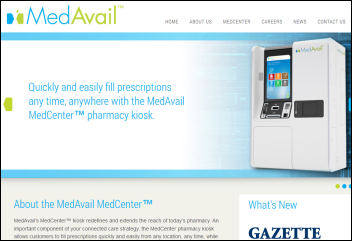
Telepharmary kiosk vendor MedAvail completes $30 million in Series C funding.
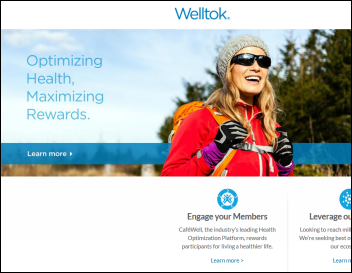
Consumer rewards-based wellness platform vendor Welltok raises $25 million of a planned $37 million funding round.
Sales

Marin General Hospital (CA) chooses MModal for clinical documentation software and services.
People
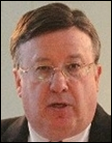
James R. Boldt, chairman and CEO of Computer Task Group, died unexpectedly on October 13 at 62. He led CTG into the healthcare IT provider services market after taking the role in 2001.

Just-resigned GE Healthcare CEO John Dineen is named fund advisor to private equity operator Clayton, Dubilier & Rice.
Paul LaVerdiere (Iron Mountain) joins ESD as regional VP.
Announcements and Implementations
Elsevier launches Mosby’s Home Health Care, which provides content for home health nurses. The company also announces that it will provide free access to its ClinicalKey reference site to healthcare and disaster aid workers battling the Ebola outbreak in Liberia, Nigeria, Sierra Leone, and Guinea
Regional Medical Imaging (MI) goes live with Merge Notifi for patient appointment reminders.
Predixion Software releases Predixion Insight 4.0.
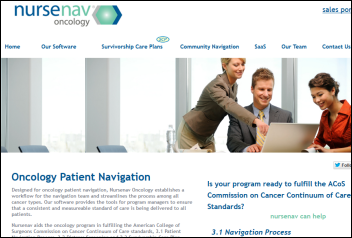
Evangelical Community Hospital (PA) goes live with Nursenav Oncology’s patient navigation workflow system. The company offers patient tracking, assessments, reporting, and a patient portal.
HIPAA compliance platform vendor Catalyze puts its 25 model HIPAA policies for “a modern cloud healthcare company” online as open source.
DrFirst announces October 28 availability of its electronic prior authorization service Patient Advisor ePA+SM, which will integrate multiple sources starting with CoverMyMeds.
Government and Politics
A paper from the National Bureau of Economic Research says that HITECH was largely ineffective for spurring hospital EHR adoption, having fast-forwarded usage by only two years at a cost to taxpayers of $48 million per new EHR-using hospital (as opposed to the majority of hospitals that earned HITECH payouts for just using what they already owned). I wasn’t willing to pay $5 to read the full paper, especially since it’s a draft version, but I suspect I would have issues with its methodology even though its conclusions seem reasonable. Paying hospitals (and doctors, which the report didn’t cover) to keep using systems they had already purchased was of questionable taxpayer value, but then again much of the $787 billion ARRA program was equally iffy from a value perspective.
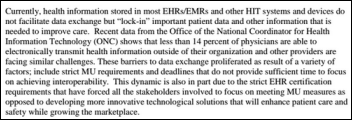
Organizations including the AMA, MGMA, and Premier urge HHS to refocus Meaningful Use certification on interoperability, quality reporting, and privacy and security. The groups also want HHS to slow the Meaningful Use program down and to encourage innovation and the development of new clinically-focused healthcare technology.
The Treasury Department is trying to fix an HHS-created technical mistake that allows employers to offer employee health insurance that doesn’t cover hospitalization.
Technology
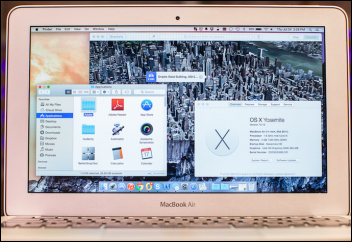
Apple announces that OS X 10.10, also known as Yosemite, is available as a free upgrade to MacBook users.
Other
The Robert Wood Johnson Foundation
launches “Data for Health,” which will convene public meetings in five cities (Philadelphia, Phoenix, Des Moines, San Francisco, and Charleston, SC) to learn how data can improve health.
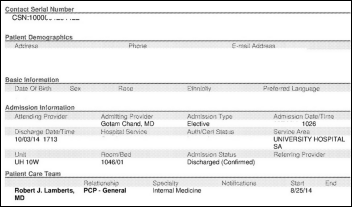
Rob Lamberts, MD writes on his site that the Epic-created transition of care documents the local hospital keeps sending are 12-14 pages of “computer vomit” that don’t indicate the primary diagnosis or an indication of who ordered newly resulted lab tests or why. He concludes:
The purpose of these documents is, instead, to document that they have performed a vital function of the "ACO" (accountable care organization): performed transition of care to the PCP. Hospitals are rewarded for doing this kind of thing … My job is to include this vomit in my computer system for posterity, confusing future generations of people who look at these records. This brings me back to my belief that computerizing an idiotic system does not help anyone; rather, it simply allows idiocy to be performed with much greater efficiency, at a greater volume, and dissipating it to more unsuspecting victims. This is what you get when care is about checking boxes or submitting codes. You get information that is useful only for the sender, not the receiver.

The web domain dealer who bought Ebola.com in 2008 will put it on the market for at least $150,000, saying the site is drawing 5,000 page views per day from people who just type the address into their browser to see what’s there. The site contains unrelated Ebola news items cribbed from other sites, a “donate”link to Doctors Without Borders, and a notice that “Ebola.com Is For Sale.”
Navy doctors treat what may be the first known case of Google Glass addiction, in which a serviceman who was being treated for alcoholism was found to be using the device for 18 hours per day. He suffered from involuntary movements, cravings, memory problems, and dreams that he saw as though he was watching them through Glass. The head of the Navy’s addiction program says always-on wearables such as Glass allow users with psychological problems to escape from reality and to seek frequent neurologic rewards.

Weird News Andy says she makes Nurse Ratched look good. A nurse in Italy is suspected of killing 38 patients by injecting them with potassium because she found them or their relatives annoying. Co-workers say she also gave patients laxatives at the end of her shift so that next-shift nurses would be stuck with the effects, while a newspaper reported that she took smartphone pictures of herself standing next to a deceased patient she is suspected of killing.
Sponsor Updates
- HCS is sponsoring and exhibiting at the LeadingAge Annual Meeting in Nashville October 19-22.
- SCI Solutions launches a company blog with an introductory post by CEO Joel French.
- HIMSS Analytics says in its latest “Essentials of the US Hospital IT Market” that computer-assisted coding applications will experience increased hospital growth.
- Vishal Agrawal, MD, president of Harris Healthcare Solutions, will participate as a panelist on “innovations in Access and Population Health” during the Scottsdale Institute 2014 Fall Forum.
- Clinovations interviews Will Hodges regarding service line management vs. physician employment.
- BlueTree Network challenges Vonlay-Huron to a food drive challenge to see who can raise the most meals or funds for meals from November 5 through December 3.
- Levi, Ray & Shoup will participate in the 2014 SAP TechEd && d-Code event in Las Vegas October 21-23.
- Imprivata reports that 100 European organizations have confirmed rapid adoption of virtual desktop infrastructure for single sign-on.
- NoteSwift announces availability for Allscripts TouchWorks EHR.
- NTT Data is named to the Winner’s Circle in the 2014 SAP Services Blueprint Report.
- The Advisory Board Company discusses the threat of Ebola to healthcare workers in a recent blog.
- Lifepoint Informatics unveils its patient access portal this week at G2 Lab Institute 2014.
- HTMS, an Emdeon Company, launches Coverage Scout to assist in calculating health plan rates and federal subsidies.
- Ingenious Med announces that three members of its mobile development team took first place in the Mobility Live Hack-Back Invitational.
- The keynote address of eClinicalWorks CEO Girish Navani will be streamed live from the 2014 National Conference on October 17.
- Louis Stokes VA Medical Center (OH), Orange City Area Health System, (IA) and Mercy Hospital Fairfield (OH) are live with Extension Engage to manage clinical alarms, alerts, and patient-centric text messaging.
EPtalk by Dr. Jayne
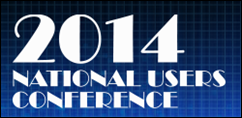
My apologies for not mentioning eClinicalWorks in my recent shout-out of fall conferences. Their National Users Conference kicks off October 17 in Orlando. From the pictures of last year’s event, it looks to be a lot of fun. If you’re attending, we love a good party, so do tell how it’s going and share your photos.
I received a fair amount of reader response (and a handful of vendor solicitations) after this week’s Curbside Consult on transitioning to mandatory e-learning as part of EHR implementation. We already went live, so I’m not looking for a vendor (although you can bet I’m going to file your contact information away in case our system tanks and we need a replacement). Others wrote about their own experiences. The general consensus is that short segments with focused content are best and that unless mandated, user adoption can be less than stellar. E-learning seems to be most popular for workflows that aren’t overly complex but require more than a PDF to explain. So far we haven’t had any major glitches and people are logging on and completing the curriculum, so I’ll remain cautiously optimistic.
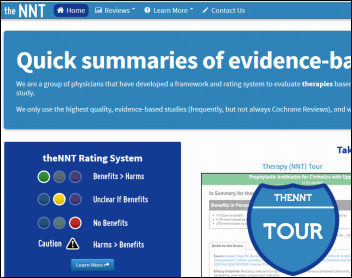
The most intriguing healthcare IT tool I’ve seen recently is called The NNT. For readers who are not statisticians, NNT is the “number needed to treat” and represents the number of patients who would have to use a treatment for one person to benefit. If the NNT is low, that means you don’t have to treat a broad population to deliver benefit. If it’s high, the likelihood of the patient in front of you benefiting is low. In addition to providing NNT data, the website also uses a color-coded header bar to indicate treatments that make sense and those that don’t. Thanks to Wired for profiling the site.
It’s not exactly healthcare IT, but it does involve health care and IT giants. Several colleagues asked my opinion of Facebook and Apple offering egg-freezing as part of their benefits plans. Having cared for many women during their pregnancies, I can tell you that freezing eggs and using them later doesn’t change the other risks that pregnant women face when they’re older. Regardless of their motives, I’m glad it’s available for people who need it for medical reasons, such as young women undergoing cancer treatments. On the other hand, I’m still waiting for my own company to cover services many people take for granted, so I’m a little jealous.

A shout-out to Dr. Travis and his recent mention of startup Thync, which aims to develop a device that can aid in shifting the wearer’s mood. Since it is worn on the head and uses ultrasound waves to trigger brain changes, I’m not sure I’d be a fan. For mood-altering wearables, I prefer the sparkly kind.
What kind of wearables alter your mood? Email me.
Contacts
Mr. H, Lorre, Jennifer, Dr. Jayne, Dr. Gregg, Lt. Dan, Dr. Travis.
More news: HIStalk Practice, HIStalk Connect.
Get HIStalk updates.
Contact us online.

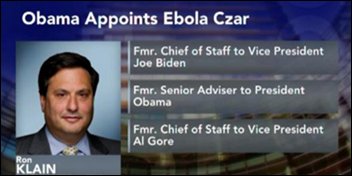


![]()

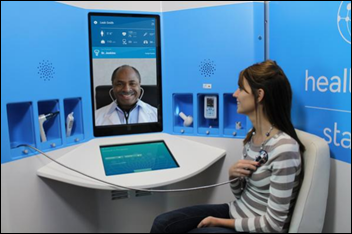
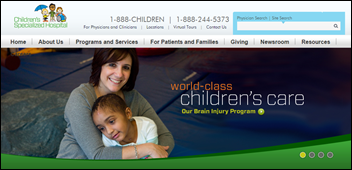

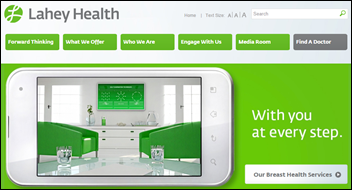
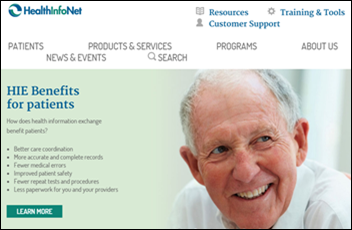

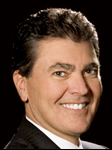


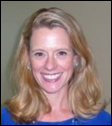
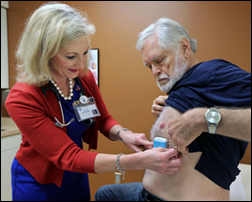

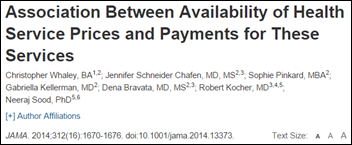

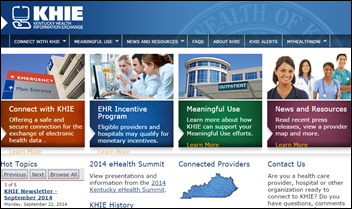
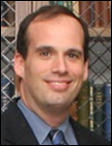






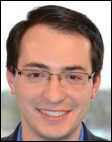
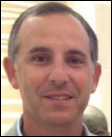



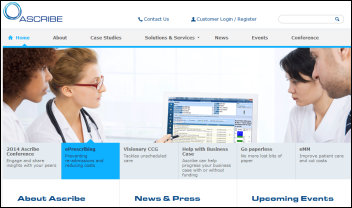

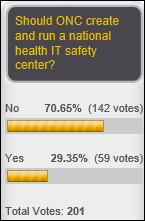

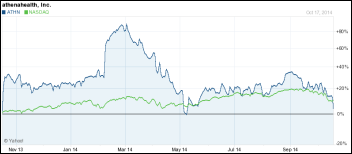
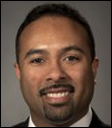
























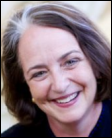
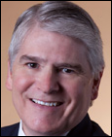

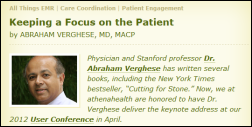

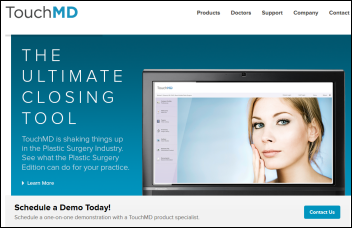

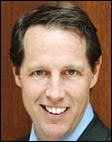

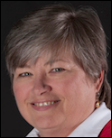
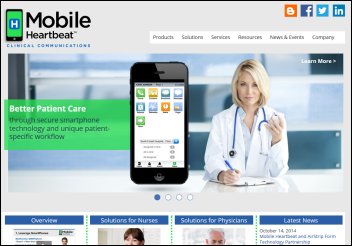
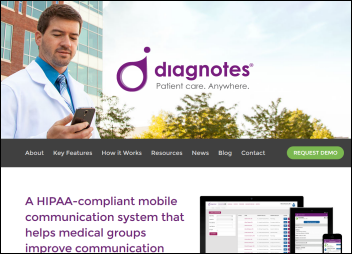
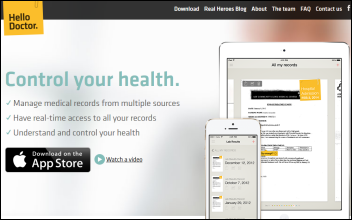

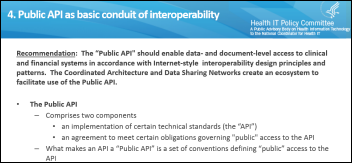
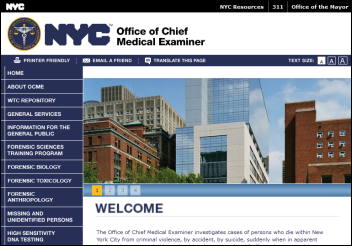
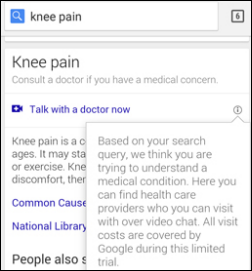
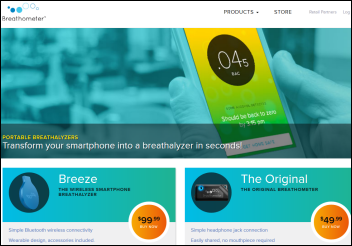

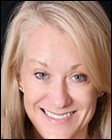
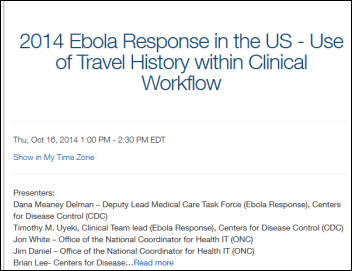
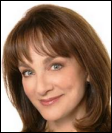
"most people just go to Epic" that's a problem because then EPIC becomes a monopoly in healthcare, if it isn't…